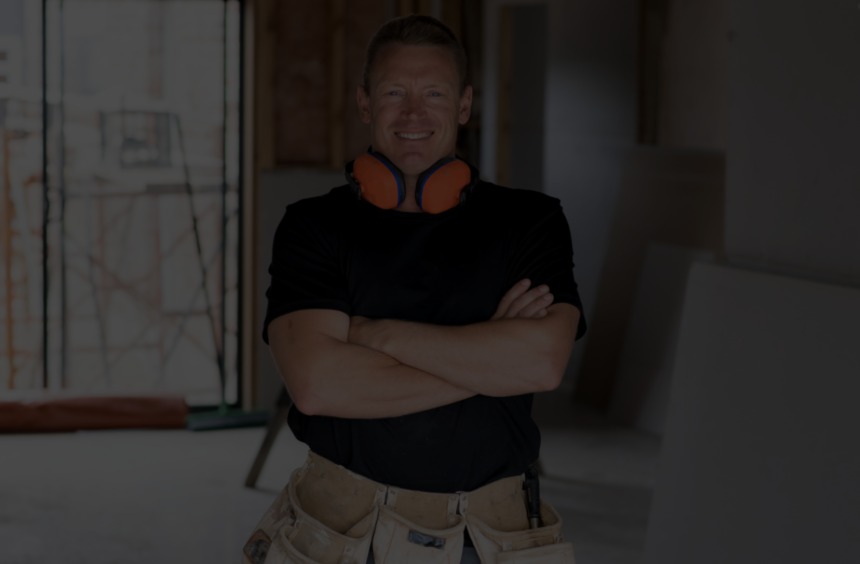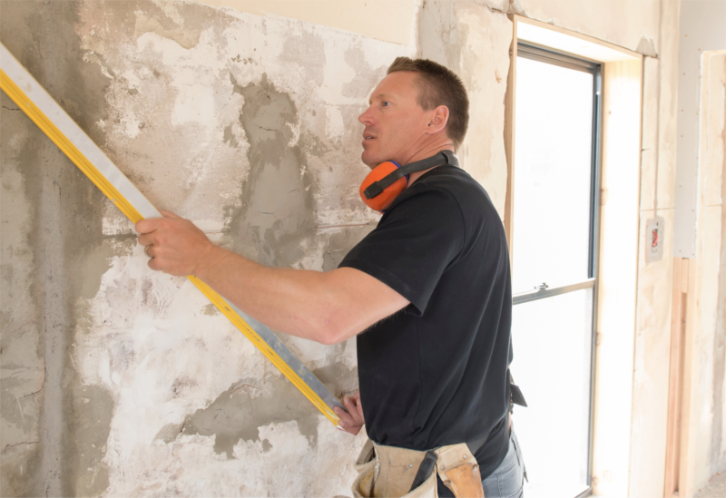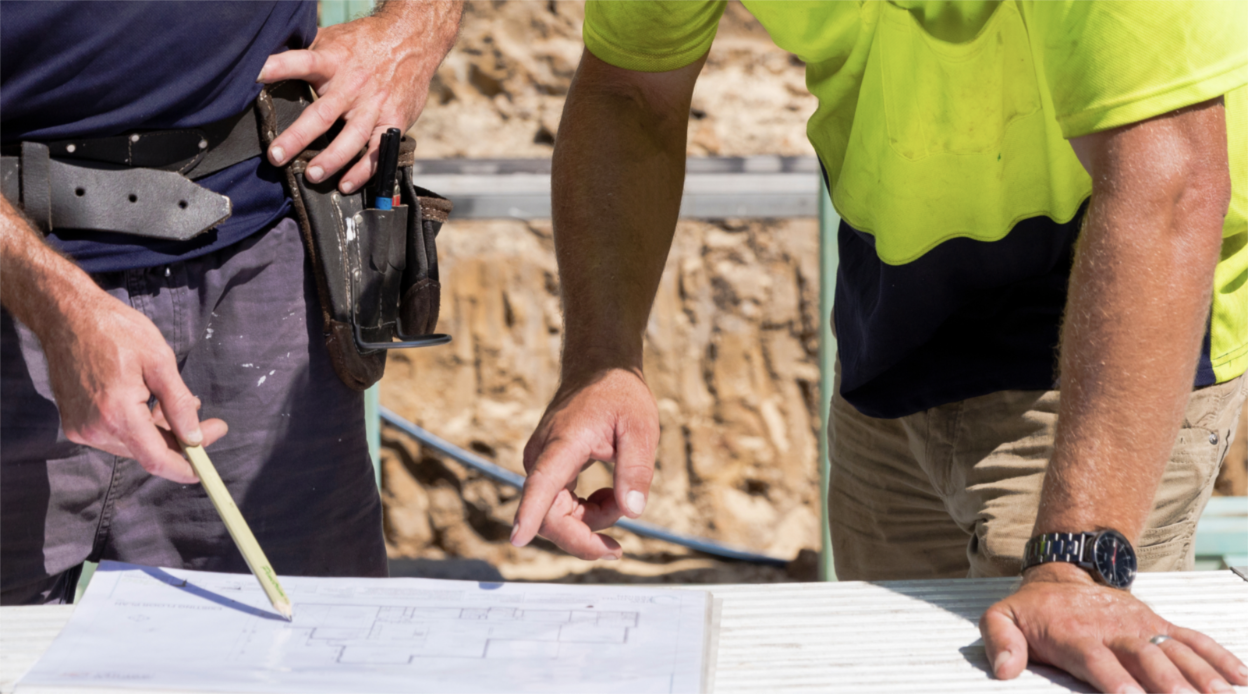How to Transition from Site Supervisor to Registered Builder: A Career Progression Guide
If you're working as a site supervisor and thinking about stepping up to become a registered builder, you’re not alone.

If you're working as a site supervisor and thinking about stepping up to become a registered builder, you’re not alone. Many supervisors reach a point in their career where they’re ready for more responsibility, greater independence, and the opportunity to run their own projects.
The good news is, you’re already partway there. Your on-site experience, understanding of building processes, and ability to manage people and safety are all valuable assets. This blog will guide you through the steps to becoming a registered builder in Victoria, what’s expected of you, and how to prepare for the transition with confidence.
Why Make the Move from Supervisor to Builder?
Becoming a registered builder opens new career opportunities. You can:
- Run jobs that are over $10K
- Run your own business or work as a subcontracted builder
- Quote and take responsibility for entire projects
- Supervise works under your own building licence
- Expand your earning potential
- Work with greater independence and flexibility
You’ve already proven yourself by running complex sites. Now, it’s about showing that you’re ready to take full control of a building project.
Pathways to Registration for Site Supervisors
You don’t necessarily need a formal qualification to become a registered builder. If you’ve got years of experience, especially in supervision and coordination roles, you may be eligible to apply through Recognition of Prior Learning (RPL) or an experience-based pathway.
The Victorian Building Authority/ Building and Plumbing Commission (VBA/BPC) recognises that many professionals build their skills on the job. You can apply to become a Domestic Builder or Commercial Builder, depending on your experience and goals.
Here’s how to get started.

Step 1: Choose the Right Licence Class
There are different builder classes under the VBA/BPC. Common options for former supervisors include:
- Domestic Builder – Unlimited (DB-U): For full residential builds
- Domestic Builder – Limited (DB-L): For specific work like framing, carpentry, or bathroom renovations, etc.
- Commercial Builder – Limited or Unlimited: For non-residential work, depending on experience. Limited licenses can be limited to structural or non-structural
Read our blog on license classes to help you decide which one matches your goals.
Step 2: Gather Evidence of Your Experience
To move from supervisor to registered builder, you need to prove that you’ve already done the work, even if it was under someone else’s licence.
Collect documents such as:
- Site diaries and project plans
- Safety management records (SWMS, incident reports, toolbox talks)
- Photos showing stages of work
- References from registered builders you’ve worked under
- Evidence of work that shows your technical and supervisory knowledge
A strong portfolio is key. You’ll use it to show the VBA/BPC that you understand every part of the build from planning through to completion.
Step 3: Complete the Application
When you submit your application, make sure:
- Every part is completed clearly
- Your project evidence is attached and labelled
- Your references are relevant and contactable
- You’ve included your CV or a career summary
The VBA/BPC will use this to assess your suitability before scheduling your interview.
If you’re unsure what to include or how to present your application, contact us and we'll help guide you.
Step 4: Prepare for the Interview
The VBA/BPC interview is a formal part of the assessment process. It’s your chance to:
- Talk through your experience
- Explain how you handle compliance, site safety and supervision
- Show your understanding of the Building Act 1993 and relevant regulations
The assessor will ask questions about your role on past projects. If you’ve been responsible for running sites, you’ll likely be able to answer confidently as long as you’ve taken the time to prepare.
For help with this stage, read our blog and contact our team as we can prepare you for success.

Tips for a Smooth Transition
Take Ownership: In your application and interview, speak about your role with confidence. Focus on how you’ve led projects and kept them compliant and on track.
Be Honest: Don’t overstate your role or experience. Stick to what you’ve actually done.
Keep Learning: Brush up on building codes, OH&S, and contractor responsibilities. The VBA/BPC wants to see you’re ready for the bigger picture.
Stay Organised: A clear, well-organised application shows that you take the process seriously. Assessors expect to see a full set of tabbed books, which you can then reference during your interview with them.
We’re Here to Help You Get Registered
If you’ve been running sites and feel ready to take the next step, don’t let the registration process hold you back. You’ve already built the skills, now it’s about showing them in a way the VBA/BPC can assess.
Making the move from supervisor to builder is a big career milestone. It comes with new challenges, but also greater independence, better earning potential, and the chance to leave your mark on the projects you run.
For trusted help, clear advice, and support with the paperwork, explore how we can support your application at Builder Registration.


